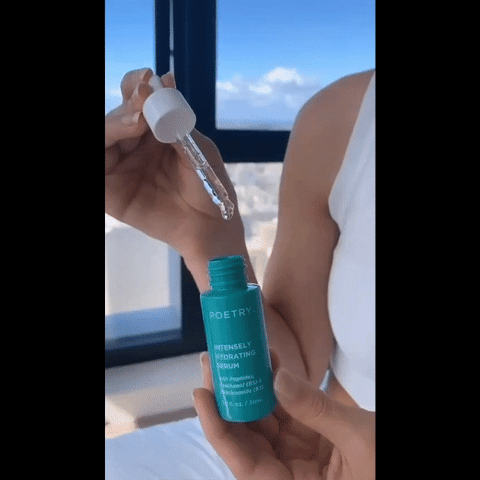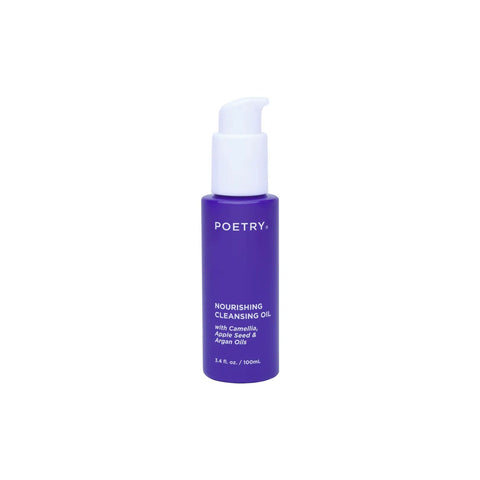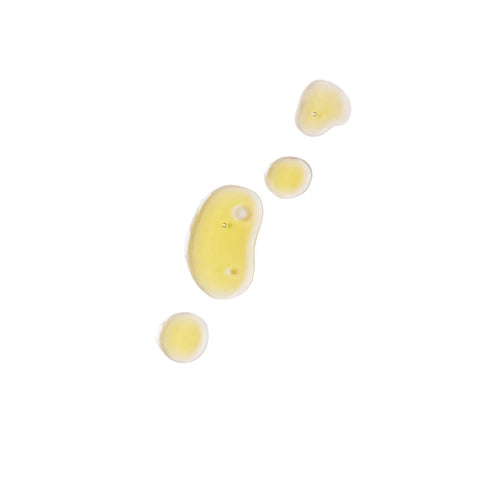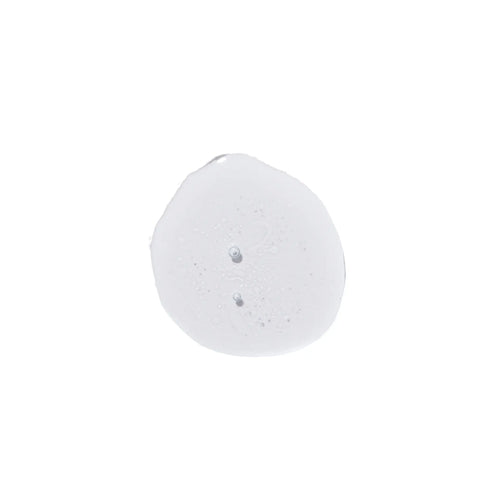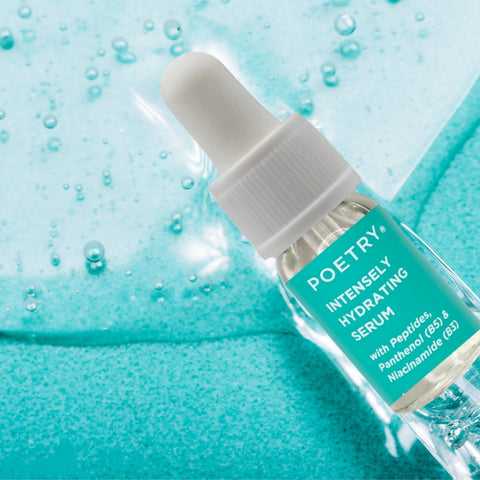Sodium Anisate
Sodium anisate is a sodium salt derived from p-anisic acid, a natural compound found in the plant Pimpinella anisum. It is commonly used in the cosmetics industry for its preservative properties, which help extend the shelf life of various cosmetic products. Preservatives are essential in cosmetics to prevent the growth of microorganisms such as bacteria, mold, and fungi that can lead to product degradation and potential health risks for users.
One of the notable features of sodium anisate is its reputation as a more natural alternative to synthetic preservatives commonly used in cosmetics. Since it is derived from a plant source, it is often sought after by manufacturers aiming to meet consumer demands for more natural and sustainable cosmetic ingredients.
Sodium anisate is typically employed alongside other preservatives when formulating cosmetic products. This combination of preservatives helps ensure a comprehensive protection against microbial growth and contamination. The compound is most effective when used within a specific pH range, typically between 4.5 and 5.5. In terms of concentration, it is recommended to use sodium anisate in cosmetic formulations at levels ranging from 0.05% to 0.4%. These parameters have been found to offer the best results in terms of preserving product integrity while maintaining its safety and effectiveness for consumers.
As a raw material, sodium anisate exists in the form of a white powder. This powder can be incorporated into various cosmetic formulations to provide preservation benefits without significantly altering the product's appearance or texture.
In summary, sodium anisate is a naturally derived preservative used in cosmetics for its ability to extend the shelf life of products and prevent the growth of unwanted microorganisms. Its source from p-anisic acid found in Pimpinella anisum adds to its appeal as a natural alternative. Manufacturers commonly use it in combination with other preservatives, taking care to maintain the appropriate pH and concentration levels for optimal efficacy.










